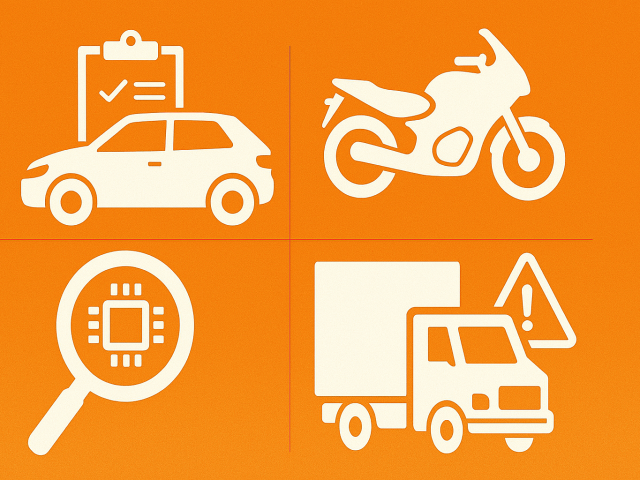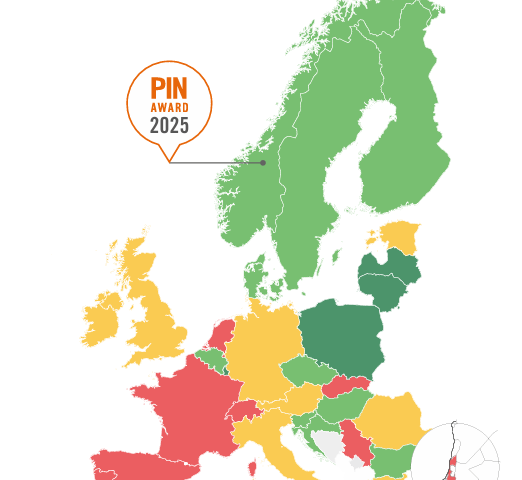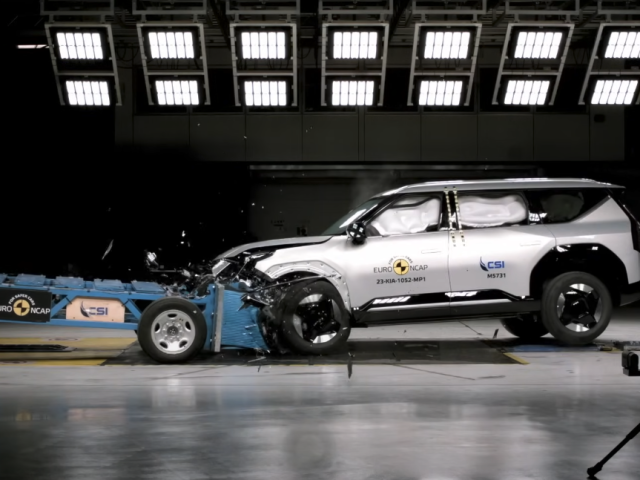Briefing: Cooperative Intelligent Transport Systems (C-ITS)
Digital technologies have developed rapidly over the past decades and they are increasingly being introduced in transport. While Intelligent Transport Systems (ITS) focus on digital technologies providing intelligence placed at the roadside or in vehicles, C-ITS focuses on the communication between those systems – whether it is a vehicle communicating with another vehicle, with the infrastructure, or with other C-ITS systems.
Vehicles and infrastructure equipped with C-ITS can, for example, communicate a warning to each other, after which the drivers are informed about the upcoming traffic situation in time for them to take the necessary actions in order to avoid potential harm. Other potential benefits of the use of C-ITS include reduced congestion and improved driver comfort.
The European Commission outlined its plan for the coordinated deployment of C-ITS in Europe in its communication ‘A European strategy on Cooperative Intelligent Transport Systems’, in which it also states that the full-scale deployment of C-ITS services and C-ITS enabled vehicles is expected to start in 2019.
ETSC contributed to both phases of the European Commission’s C-ITS Platform, in which national authorities, C-ITS stakeholders and the Commission discussed the deployment of C-ITS as part of the way towards cooperative, connected and automated mobility.
This briefing looks into C-ITS as well as its potential benefits for road safety, and presents the key recommendations ETSC made in its contributions to the C-ITS Platform.
Download






